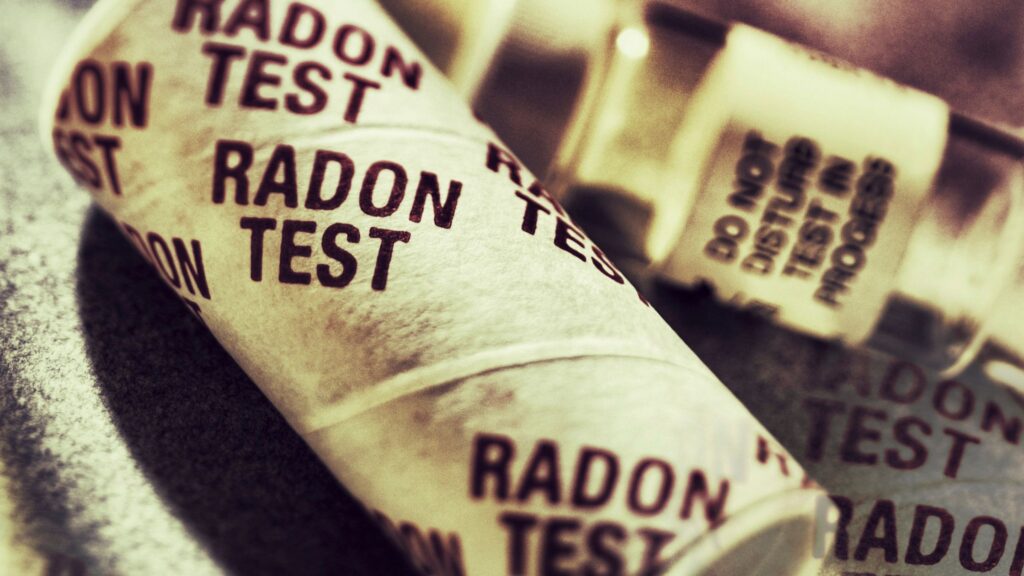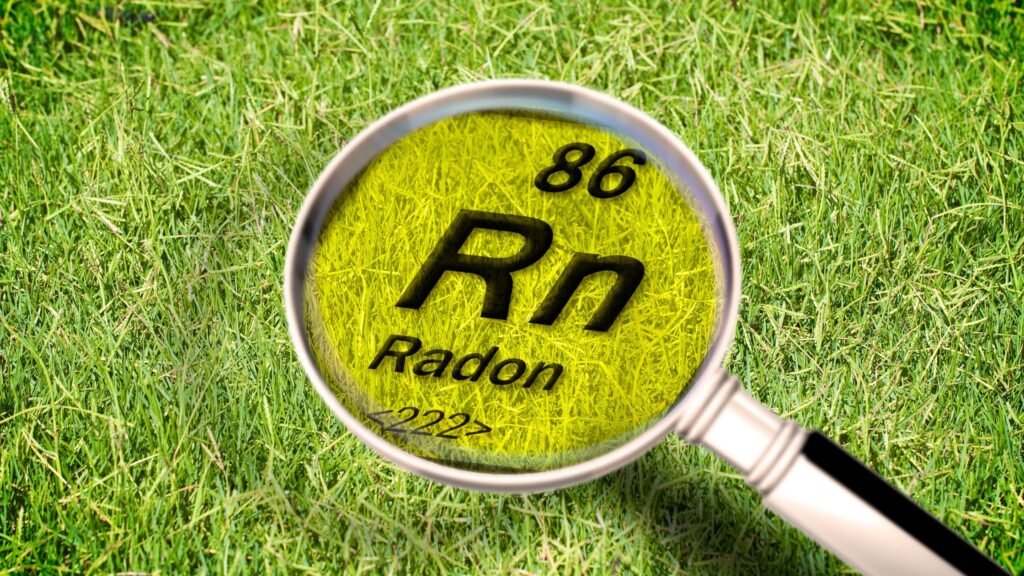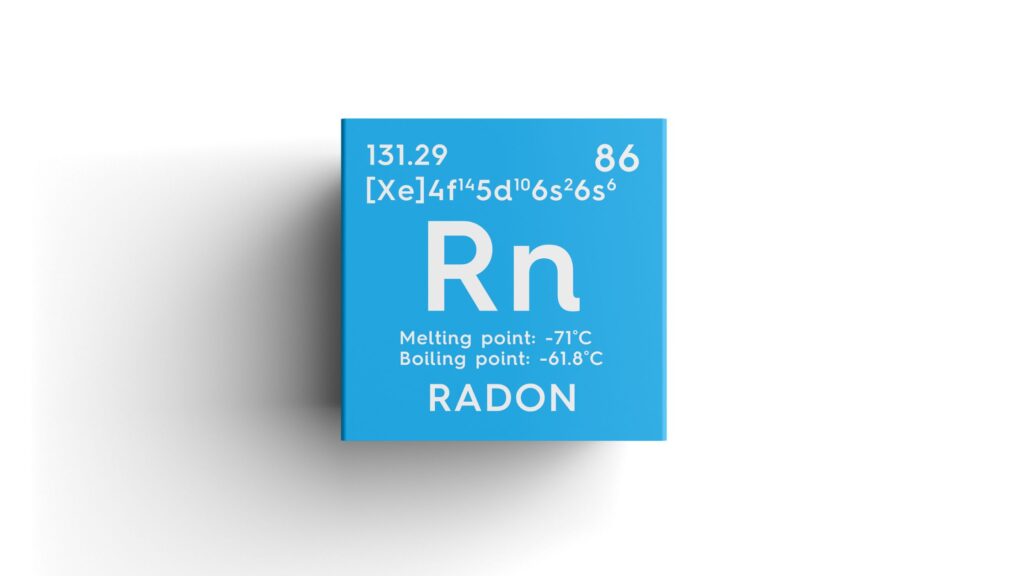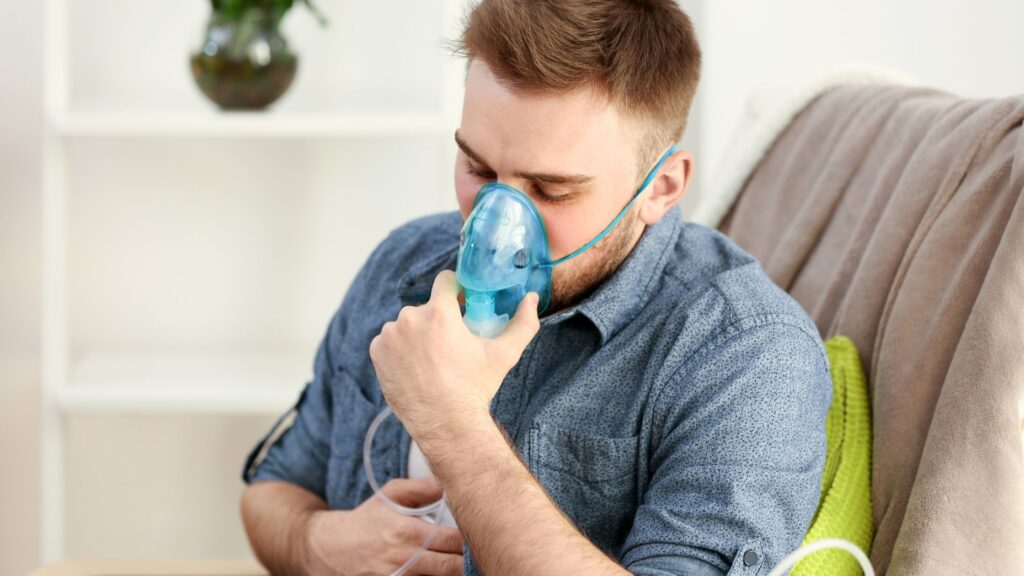Radon is a dangerous, odorless, and colorless gas. It can accumulate in your home, posing serious health risks over time, including an increased chance of lung cancer. The only way to detect its presence is through proper testing. EPA-approved radon test kits offer an accurate, reliable, and straightforward method to ensure your home’s safety. Protecting your family’s health and giving you peace of mind.

What Is an EPA-Approved Radon Test Kit?
An EPA-approved radon test kit is a device validated by the U.S. Environmental Protection Agency to measure radon levels in indoor air accurately. These kits are essential tools for homeowners who want to assess the safety of their homes. EPA-approved kits are the gold standard in radon detection, ensuring accurate results for informed decision-making.
These test kits are easy to use, affordable, and provide reliable results. By using an EPA-approved radon test kit, homeowners can take the first crucial step toward ensuring a healthy, safe, and radon-free living environment for their families.
Different Types of EPA-Approved Radon Test Kits
There are several types of EPA-approved radon test kits, each suited to different needs:
1. Short-Term Test Kits
Short-term test kits are designed to measure radon levels over a period ranging from 2 to 90 days. These kits are ideal for quick, initial radon assessments. Providing fast results that enable homeowners to make informed decisions about potential risks.
2. Long-Term Test Kits
Long-term test kits are used for monitoring radon levels over periods longer than 90 days. They offer a more precise average radon concentration, helping homeowners assess long-term exposure and decide if radon mitigation is necessary for their home.
3. Continuous Radon Monitors
Continuous radon monitors are electronic devices used by professionals to provide ongoing, real-time radon level data. These monitors are ideal for more thorough testing, especially in high-risk areas or larger properties, offering continuous tracking of radon concentration.
Choosing the right EPA-approved radon test kit depends on your needs, whether for quick results, long-term monitoring, or continuous data to ensure a safe home. Learn more about Radon Test Kits.
How Radon Exposure Can Impact Your Health
Testing for radon is crucial because it’s the only way to know whether your home has dangerous levels of the gas. Radon exposure can significantly increase the risk of lung cancer, especially for non-smokers. The EPA-approved radon test kit helps detect radon levels accurately, ensuring that you can take the necessary steps to reduce exposure.
Radon is an invisible threat that can quietly accumulate in your home, often without noticeable symptoms. By using an EPA-approved radon test kit, you ensure your home is tested correctly, helping to prevent potential health risks and creating a safer environment for your family.

Top Reasons to Test Your Home for Radon
Creating a safe home involves addressing hazards like radon, an odorless gas that poses serious health risks. Here are three important reasons to test for radon regularly:
a) Health Protection
Identifying radon early can help prevent long-term health risks, such as lung cancer, by allowing homeowners to take immediate action to reduce exposure and create a safer living environment.
b) Peace of Mind
Regular radon testing ensures your home is safe and healthy for you and your family, giving you peace of mind that you’re taking the necessary steps to protect against radon exposure.
c) Real Estate Transactions
Many real estate transactions now require radon testing as part of the process, ensuring that potential buyers are fully aware of any radon risks and that the home meets safety standards before purchase.
In conclusion, the information underscores the importance of careful decision-making, highlighting how even simple elements can significantly impact outcomes.
How to Use an EPA-Approved Radon Test Kit
Radon testing is vital for maintaining a safe living environment. Follow these steps for accurate results:
I. Placement: Place the kit in the lowest lived-in area, like a basement, away from windows and drafts for accurate radon readings.
II. Test Duration: Leave the kit undisturbed for 2 to 90 days, depending on the type, to collect accurate data.
III. Send for Analysis: After testing, seal the kit and send it to the lab according to the instructions to prevent contamination.
IV. Results: Once analyzed, you’ll receive results indicating whether radon levels are safe or if mitigation is needed.
Radon testing is essential for safety. Set up the kit as instructed, let it sit, and send it for analysis. If levels are high, take steps to mitigate risks. Stay proactive for your health.
Conclusion
Testing your home with an EPA-approved radon test kit is a critical step in safeguarding your family’s health. By using a reliable and accurate testing method, you can ensure that your home remains free from the dangers of high radon levels. For professional testing and mitigation services, DSM Radon is a trusted name in the industry, helping homeowners across the region maintain safe living spaces.

FAQs
1. Can I perform radon testing myself?
DIY radon test kits are easy to use, but professional testing is recommended for more accurate results, especially in high-risk areas or during real estate transactions.
2. Are DIY radon test kits accurate?
DIY radon test kits, especially EPA-approved ones, are accurate. However, for thorough assessments like home sales or ongoing monitoring, professional testing may be needed.
3. What happens if my radon levels are high?
If radon levels exceed 4 pCi/L, the EPA recommends installing a mitigation system, which includes sealing entry points and ventilating the area to lower levels.
4. Can I get a free radon test kit?
Some local health departments offer free or discounted radon test kits to residents. Contact your local agency or check with the EPA for available programs.





